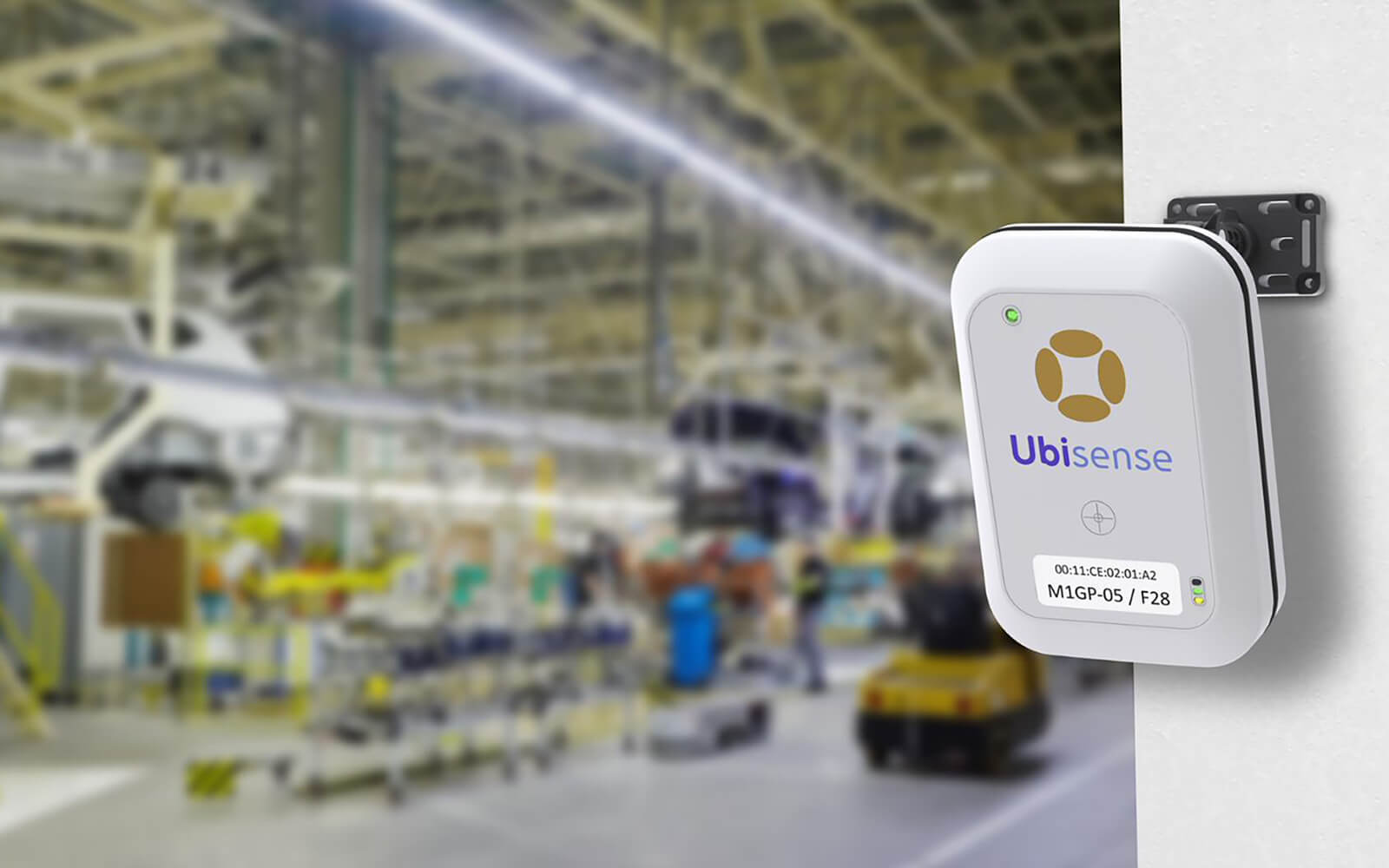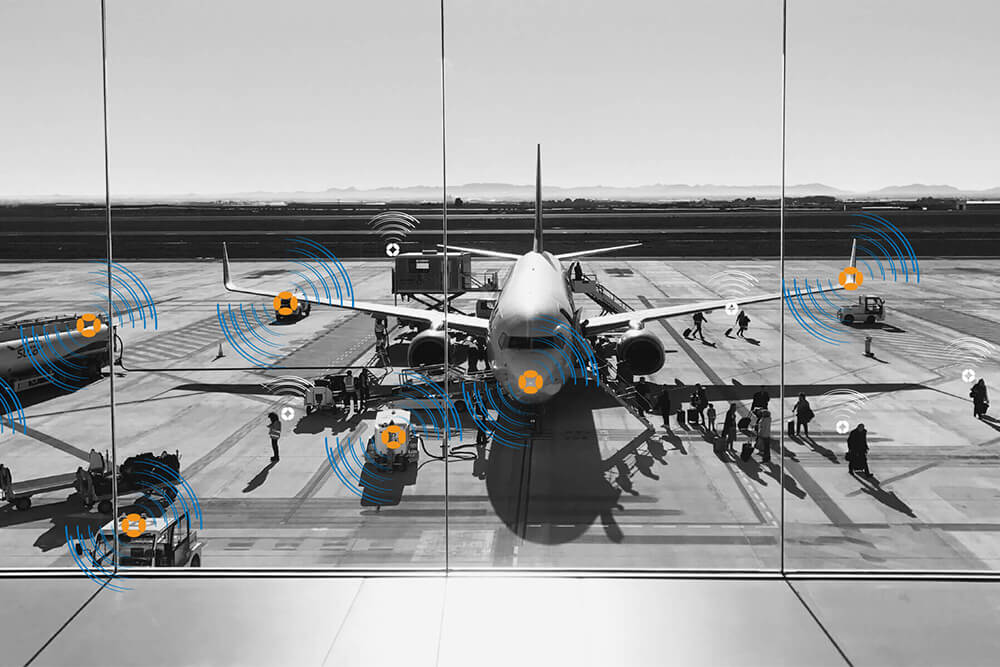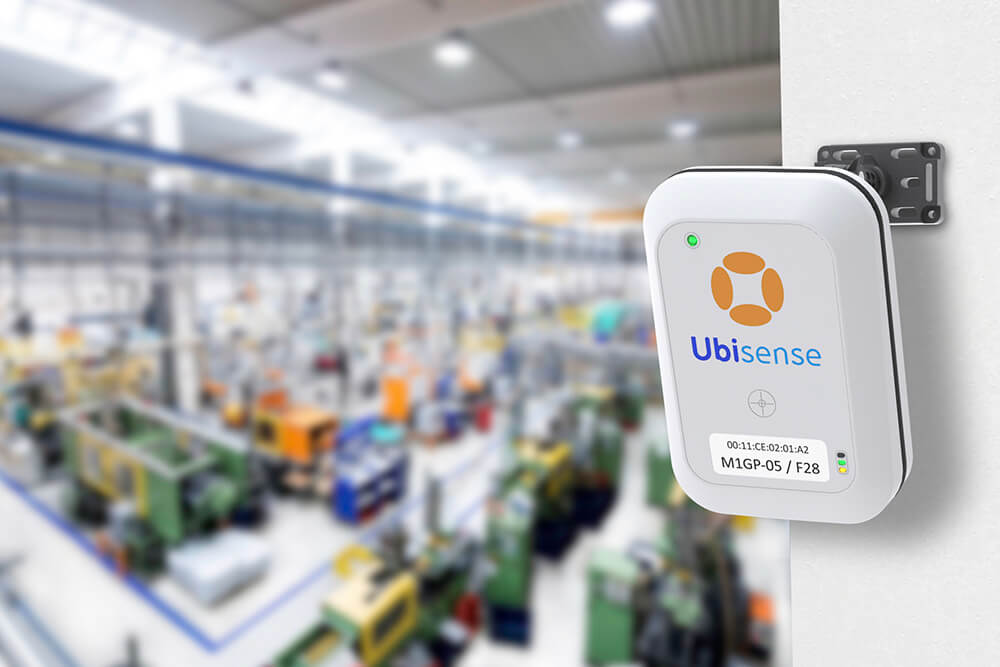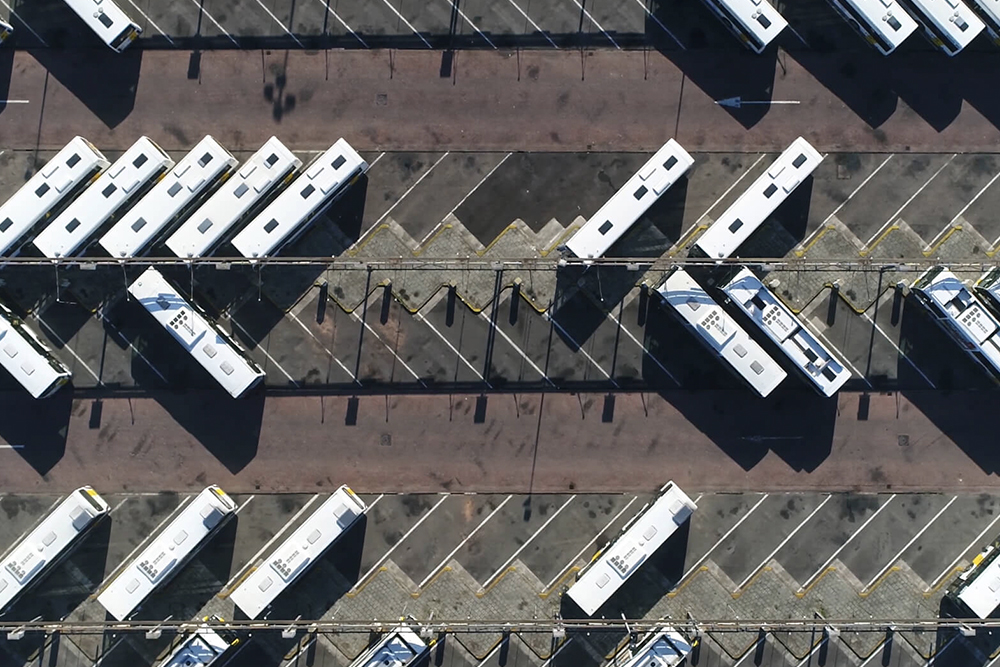How AI and RTLS Are Transforming Pharma Manufacturing Compliance
Ubisense2025-03-10T11:04:06+00:00How AI and RTLS Are Transforming Pharma Manufacturing Compliance Pharmaceutical manufacturers operate in one of the most highly regulated industries, where compliance with FDA, EMA, GxP, and GMP standards is non-negotiable. The complexity of modern pharma production—especially with the rise of biologics, personalized medicine, and advanced therapies—requires unprecedented levels of traceability and automation. At the same time, manufacturers must balance compliance with operational efficiency, supply chain resilience, and cost control. This is where AI-powered








